We often think of the company and us as the same person. However, the company is a separate legal entity (with limited liability). It is usual for the shareholder to advance capital to the company (to purchase assets or fund working capital) or to withdraw cash. Especially if there is cash in the bank account and the shareholder wants to use that cash for personal purposes.
The shareholder's current account records these loans between the company and the shareholders, which is essential for tax purposes and record keeping. This article outlines this concept in more detail.
What's a Shareholder Current Account?
Think of it like a piggy bank where a shareholder keeps track of the money they put into or take out of the company.
What Are Drawings?
If a shareholder takes money from the company without paying taxes, it's called "drawings." It's like taking money from the company's piggy bank. Likewise, if you are putting money from your personal bank into the company, it is your "funds introduced". The shareholder's current account keeps a running total of all of these transactions to determine the balance that the company owes you or that you owe the company.
Paying Taxes on Drawings
You do not pay tax on drawings; it is not a tax-deductible expense. Tax-deductible means subtracting it from your total income before calculating how much tax you owe.
The company's money isn't the shareholder's personal money, even if they own the company. So, when a shareholder takes money more than what they put in, it can cause issues. This is known as an overdrawn shareholder's current account.
Overdrawn Shareholder Current Accounts
If you take out more money than you put into the company, it's called an overdrawn Shareholder Current Account. In this situation, the company might have to pay Fringe Benefit Tax (FBT) to the IRD (Inland Revenue Department), or you may be charged interest at a rate set by the IRD. You can check the current interest rate on the IRD website. The current interest rate is 8.41%pa.
What to do about an overdrawn shareholder's current account
Having an overdrawn shareholder's current account without a strategy to repay it can cause the interest to compound and is generally not tax efficient. There are several strategies to consider, as outlined below.
1. Pay back the money you've withdrawn.
2. Declare a (non-cash) salary from the company if the company is making a profit^.
3. Get a share of the company's profits, called a dividend*.
^The reason why a non-cash shareholder salary is paid, is because the shareholder has already withdrawn the cash (i.e., the reason why the shareholder's current account is overdrawn in the first place). Hence, a non-cash shareholder salary will reimburse their loan for the cash drawings already taken.
*for more information about dividends, please refer to our earlier article.
Any one of the above or a combination of them can be used to clear the overdrawn shareholder's current account.
Points two and three mean that if the company wants to pay you a salary or give you a share of its profits, it can only do so if it has money left over from making profits before. This leftover money is called retained earnings. Before the company pays you, it needs to make sure it has enough money to stay financially healthy. Usually, a company that's been making profits and paying taxes will have retained earnings.
That's it! Keep an eye on how much you're taking from the company, and make sure everything's in order.
Contact Us
Contact Tim Doyle or Jane Evans today to discuss on 07 823 4980 or email us. Our office is in Cambridge, NZ, but distance is no problem. We have many international and national clients.
Disclaimer
This material has been prepared for informational purposes only, and is not intended to provide, and should not be relied on for, tax, legal or accounting advice. You should consult your own tax, legal and accounting advisors before engaging in any transaction.



